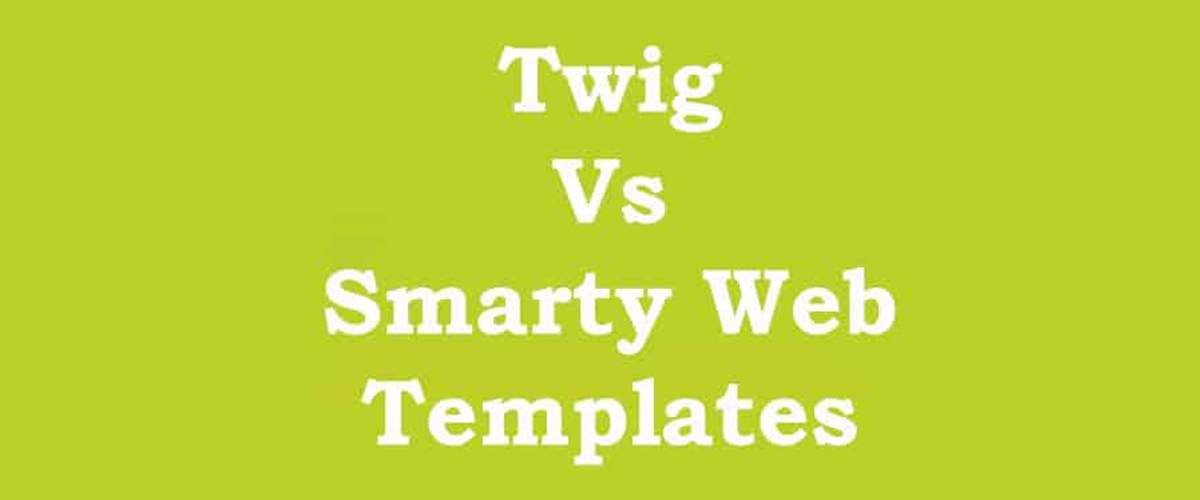What is Template Engine in PHP : Twig and Smarty

Template engines are essential tools in web development that help separate logic from presentation. This article will introduce two popular PHP template engines, Twig and Smarty, and explain how using templates can streamline your development process.
Introduction to Popular Template Engines
Twig
Twig is a modern, flexible, and fast template engine for PHP. Developed by Fabien Potencier, it is the default template engine for the Symfony framework. Twig's syntax is concise and easy to learn, which makes it a favorite among developers.
Key Features of Twig:
- Readable syntax: Twig's syntax is clean and intuitive, reducing the learning curve.
- Sandboxing: Ensures that templates execute safely by restricting what they can do.
- Extensibility: Twig can be easily extended with custom filters and functions.
- Performance: It compiles templates down to optimized PHP code, ensuring fast execution.
Smarty
Smarty, one of the oldest and most established template engines, provides a robust and feature-rich templating solution. It is known for its versatility and ability to integrate with various PHP applications seamlessly.
Key Features of Smarty:
- Template Inheritance: Allows templates to extend other templates, making it easy to manage complex structures.
- Caching: Improves performance by caching the output of templates.
- Plugins: Supports a wide range of plugins to extend its functionality.
- Debugging Console: Offers a built-in debugging console for easier template debugging.
Using Templates to Separate Logic and Presentation
One of the primary benefits of using template engines like Twig and Smarty is the separation of logic and presentation. This separation follows the Model-View-Controller (MVC) design pattern, where:
- Model: Handles the business logic and data management.
- View: Manages the presentation layer, displaying data to the user.
- Controller: Acts as an intermediary, handling user input and updating the model and view.
Benefits of Separating Logic and Presentation
- Maintainability: Keeping the code for business logic and presentation separate makes it easier to maintain and update each part independently.
- Collaboration: Designers and developers can work simultaneously without interfering with each other's work.
- Reusability: Templates can be reused across different parts of the application, reducing redundancy and saving time.
Reference websites
